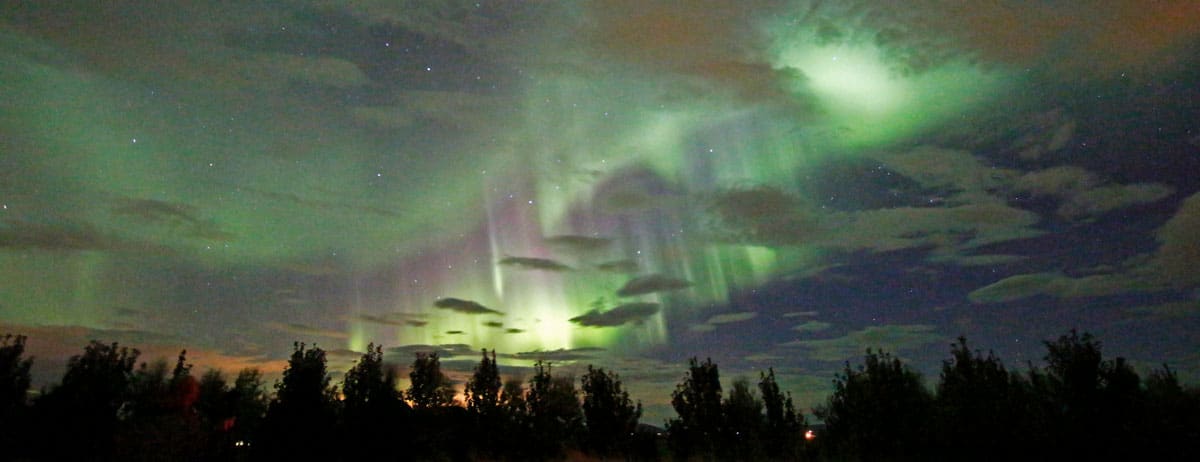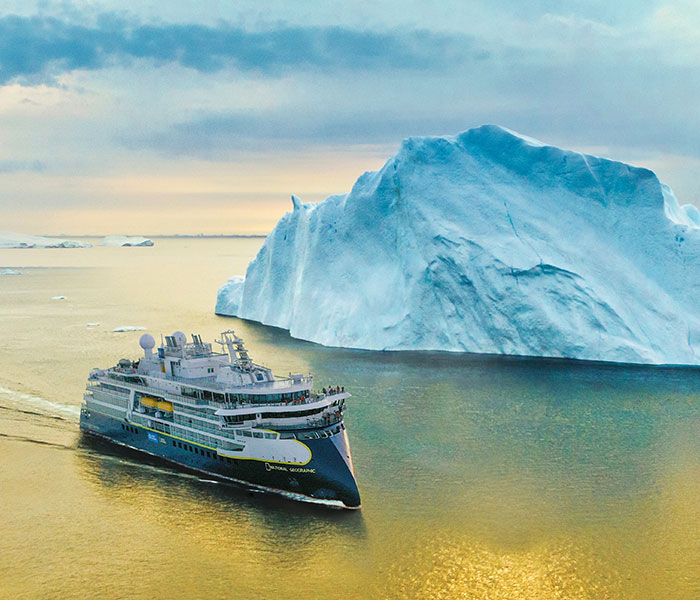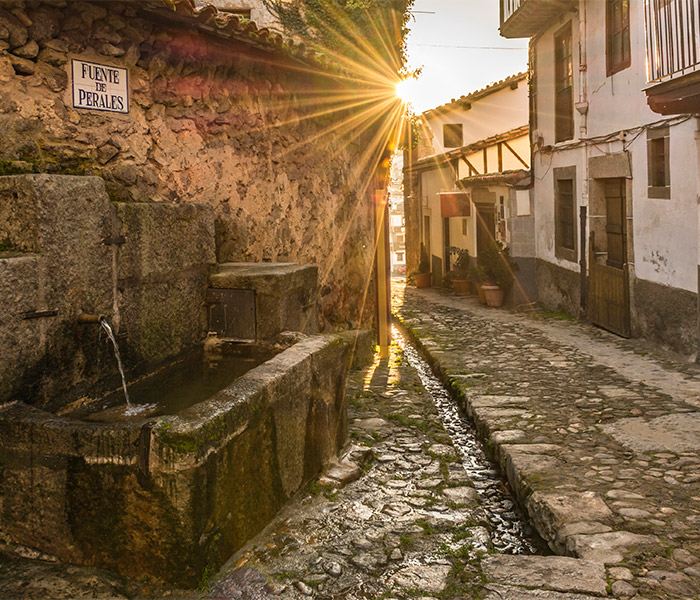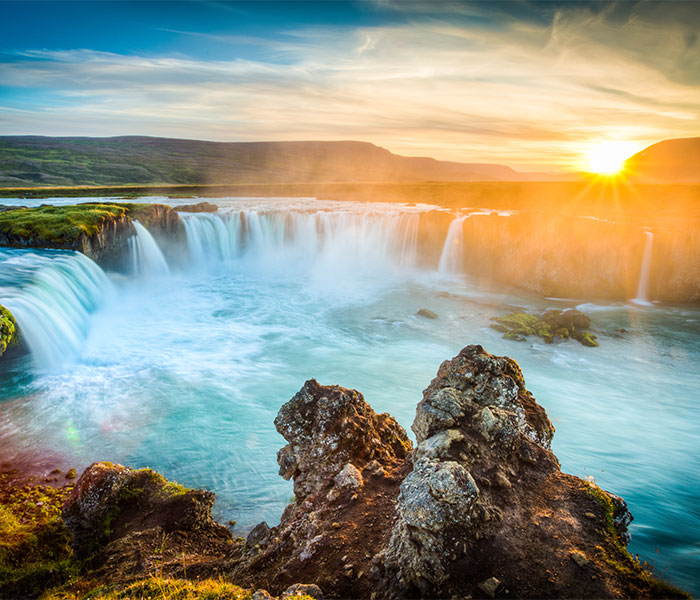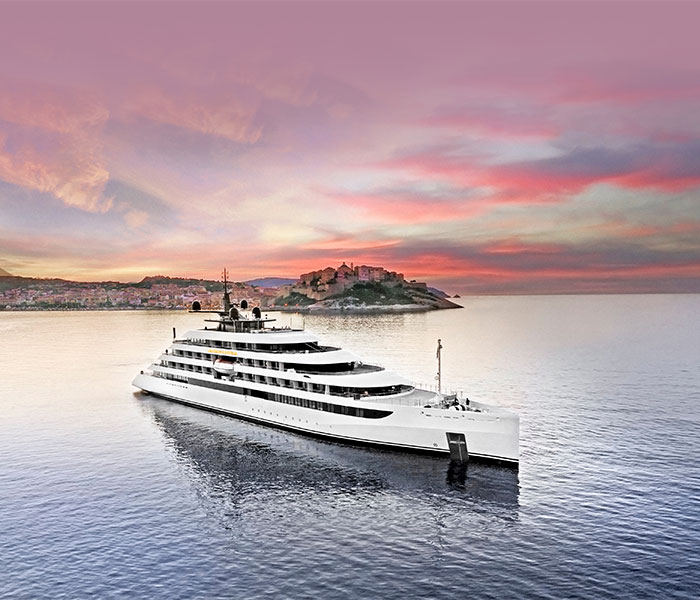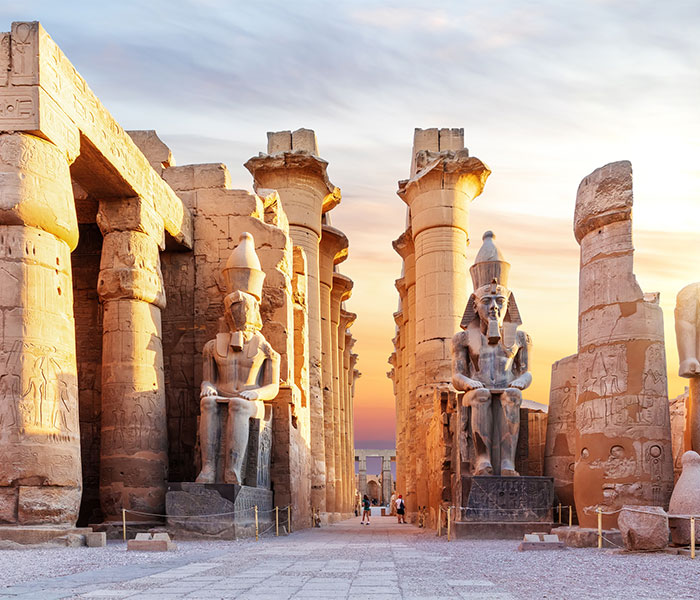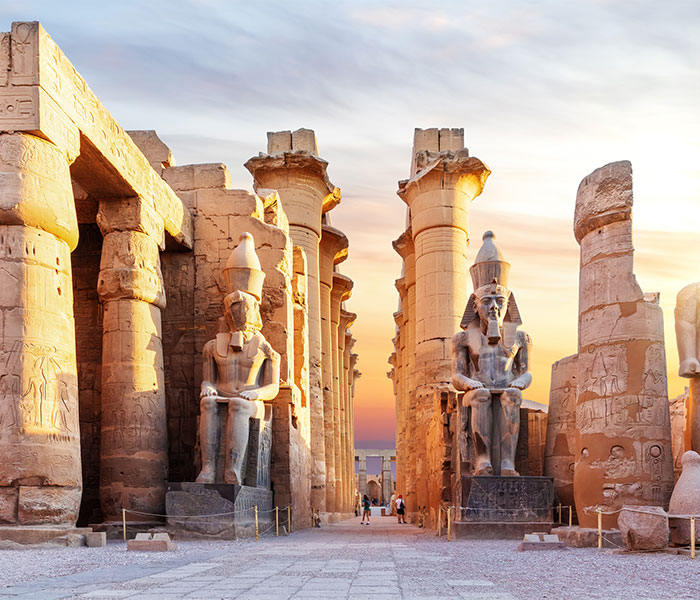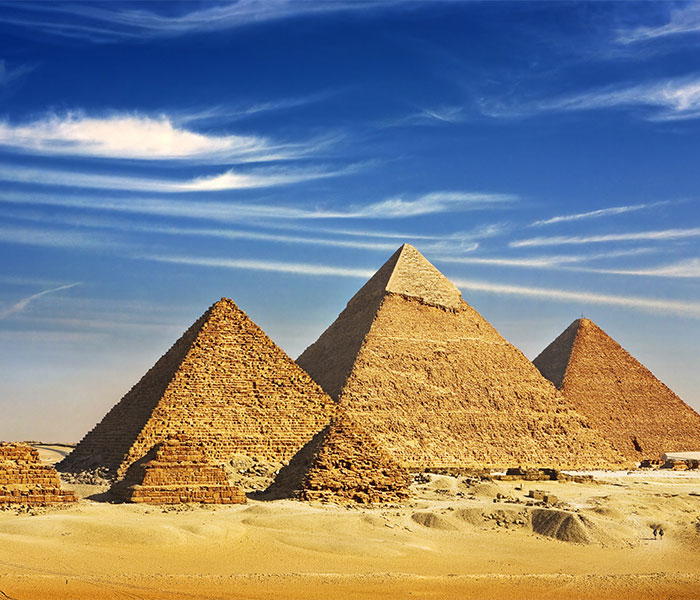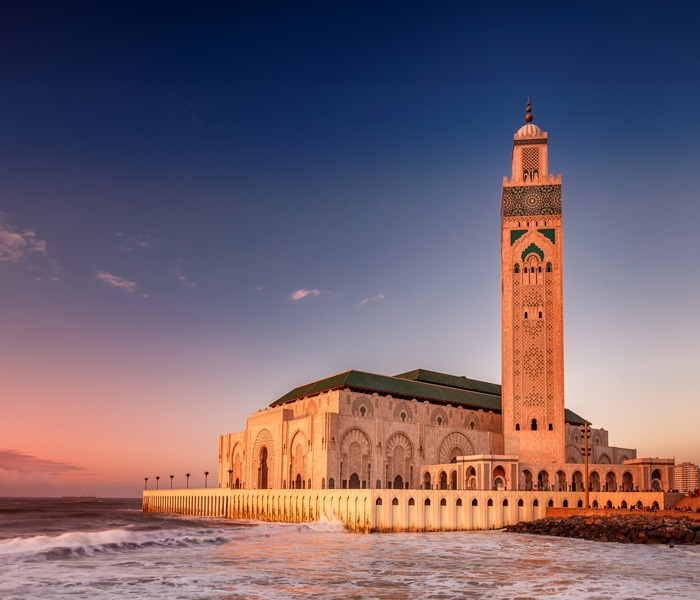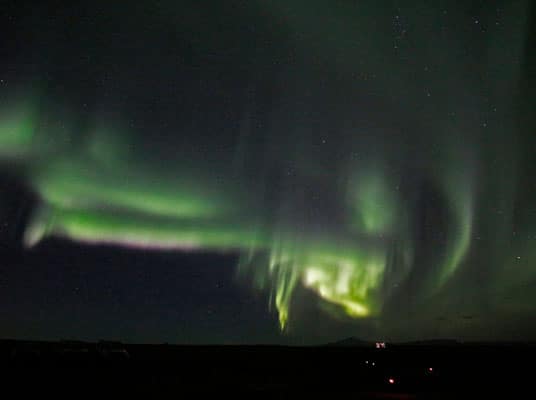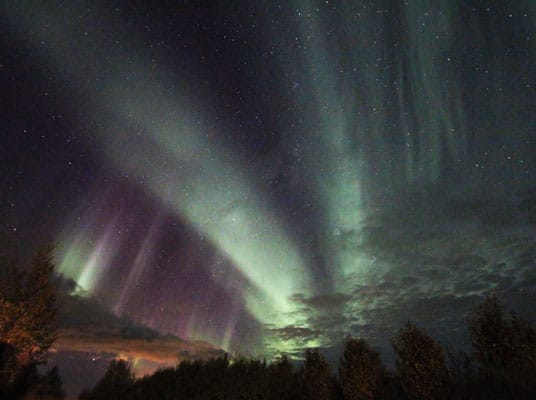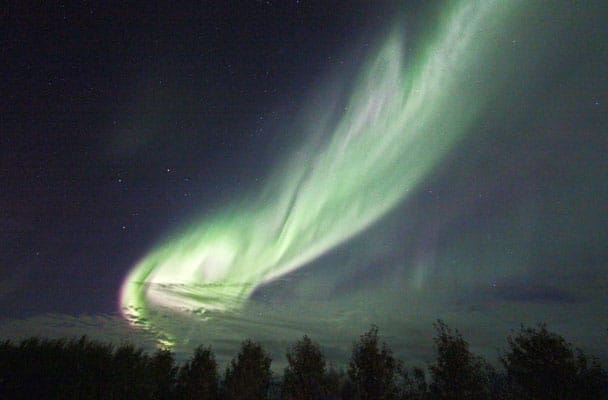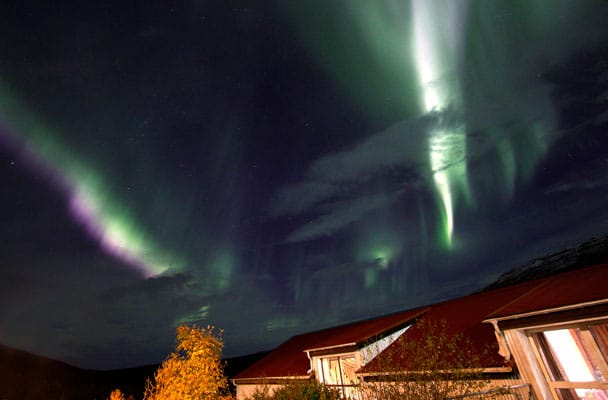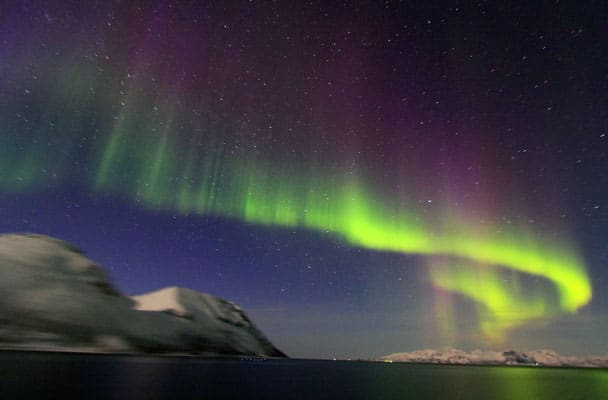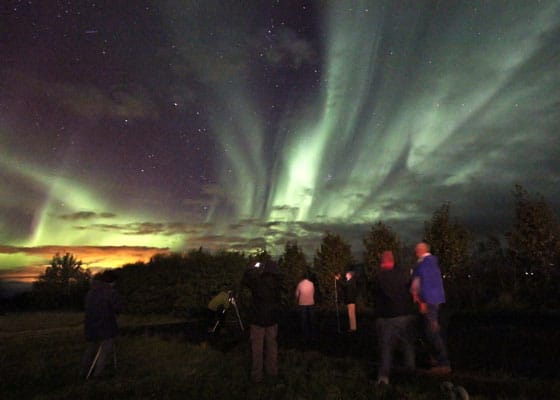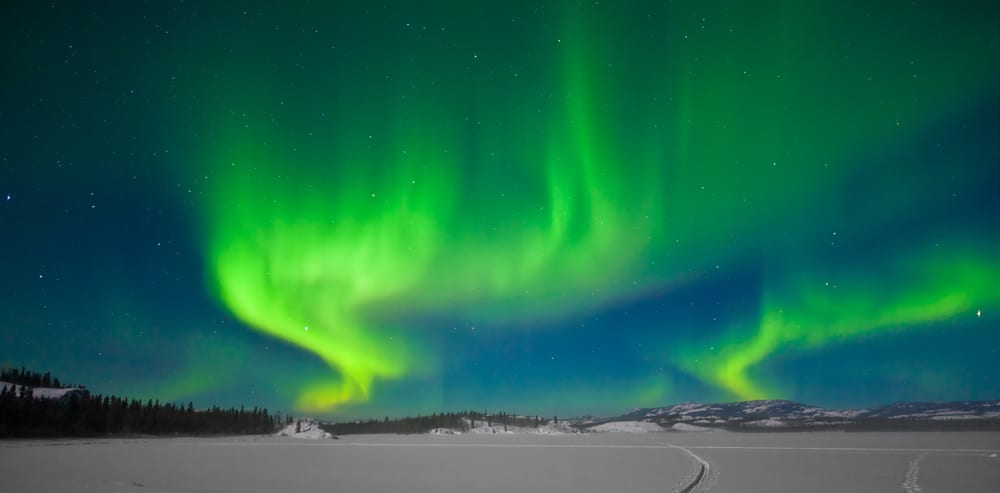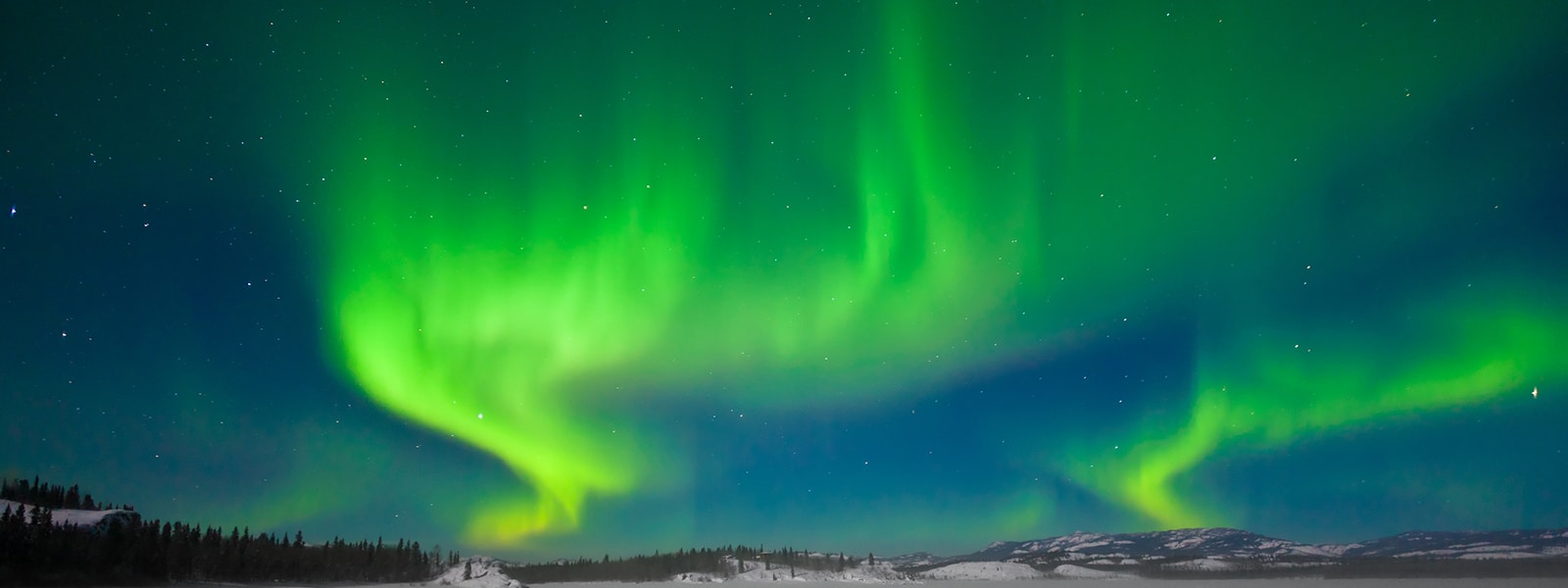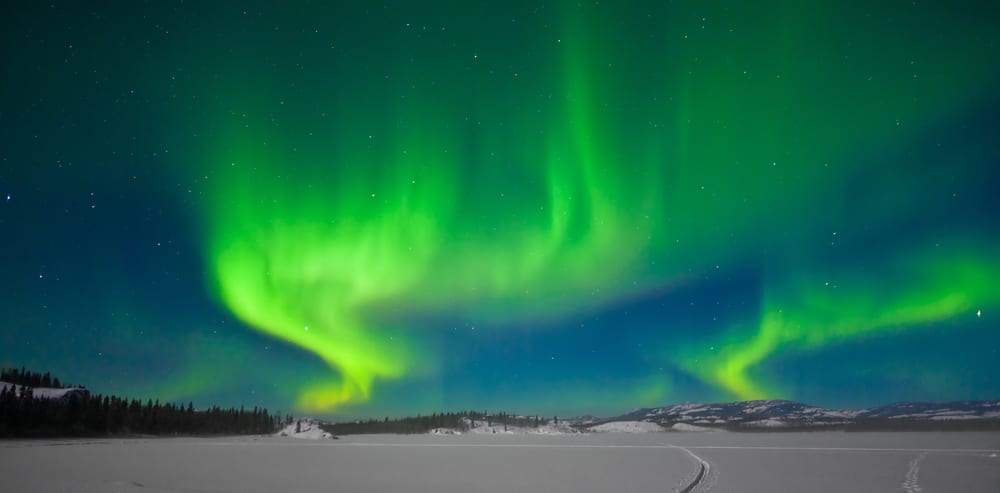The Northern Lights: Where and When
While these lights are invisible to us during daytime, they’re always there to see if you’re in the right place and have clear, dark nighttime skies. The aurora is a more-or-less permanent feature of our planet’s high latitudes. It’s usually confined to two narrow, invisible, doughnut-shaped regions in the sky known as the auroral ovals—centered on Earth’s north and south geomagnetic poles. Positioned beneath the northern oval are numerous excellent aurora-spotting regions including Iceland, Alaska, northern Canada, and northern Norway, Sweden, and Finland. Each territory also has stunning and unique Arctic scenery.
For more than two decades, TravelQuest has ventured into the Arctic in search of the northern lights. In Alaska, we initially stayed in Fairbanks, but later we lodged in the countryside at the Chena Hot Springs Resort, northeast of Fairbanks. Much of Alaska sits directly under the auroral oval. At the Chena Resort, away from the lights of Fairbanks, the views of the aurora and the starry night sky are incredible.
Our northern lights tours to Iceland are unlike trips offered by other aurora tourism companies. Of course we spend one or two days exploring the sights in and around Reykjavik. However, most of our time is spent in the amazing Icelandic countryside. Here we stay at hotels or guesthouses with quick access to the outdoors from our rooms. This makes for easy and comfortable northern lights watching at your convenience. Volcanoes, geothermal fields, hot springs, moss-covered lava flows, glaciers, and waterfalls are all part of our amazing Iceland itinerary. Because we often travel in the north and west of Iceland, we’re far from the crowded tourist destinations (and artificial lighting). And no matter where we go on this little island, we are always under the auroral oval, and much of the country is set up for northern lights tourism.
Several years ago we added Norway to our aurora travel itinerary. Our northern lights tours are, again, unlike most others. We begin in remarkable Oslo, and then enjoy a picturesque cross-country train ride to the coastal city of Bergen. Here we board one of Hurtigruten’s coastal ferry ships and sail north for several days, right into and through the auroral oval. The coastline scenery is spectacular. But more important, the skies of Norway’s inshore waterways are very dark. When the northern lights strike, the ship’s Captain obligingly dims the vessel’s lights. Near the northern tip of Norway, we actually have to look south to see the northern lights! After the cruise, we remain in northern Norway to learn more about the indigenous Sami people and their culture of herding reindeer.
The northern lights are always present, day and night. However, they are not bright enough to compete with daylight, twilight, or even the light of the full Moon. This means we need darkness to see them. So we must not only carefully choose our Arctic viewing location, we also need to judiciously select the time of year we travel to see them.
Our favorite period for an aurora borealis tour is the end of summer, close to the autumn equinox. The temperatures are pleasant, the hours of darkness are gradually increasing (but there’s still plenty of daylight for sightseeing), and there is colorful fall scenery. And there’s science behind our choice of viewing dates. Around the time of the autumn equinox (September 21st or so), the Sun and Earth are aligned such that Earth’s magnetic field lets in more charged particles from the Sun than at other times of the year. This means the northern lights tend to be more active in late September than during other months.


